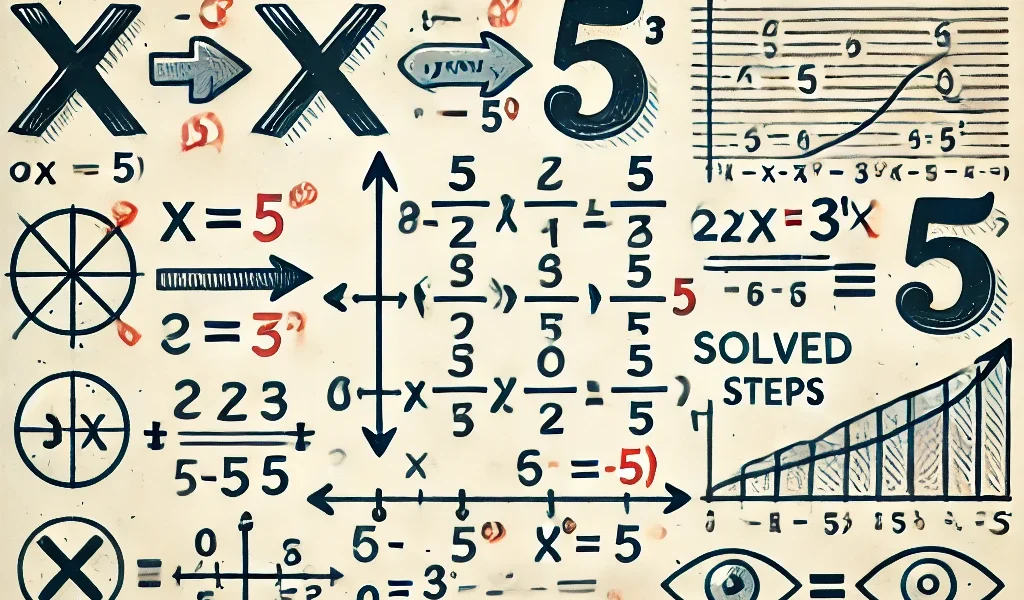Percentage Calculators and the Skills You Need
Introduction
Percentages are an essential concept in mathematics, widely used in everyday life, from calculating discounts and interest rates to understanding statistics and data analysis. Despite their simplicity, percentages can sometimes be tricky to calculate manually, especially in complex scenarios. This is where percentage calculators come into play, providing a quick and accurate way to handle percentage-based problems. However, relying solely on calculators without understanding the underlying principles can limit one’s mathematical skills.
In this article, we’ll explore how percentage calculators work, when to use them, and why mastering percentage calculation skills is critical for everyday decision-making and more advanced mathematical understanding.
What is a Percentage?
A percentage is a way of expressing a number as a fraction of 100. It is denoted by the symbol “%”. The formula for calculating a percentage is:
Percentage=(PartWhole)×100\text{Percentage} = \left( \frac{\text{Part}}{\text{Whole}} \right) \times 100
For example, if you scored 45 out of 50 on a test, the percentage is calculated as:
(4550)×100=90%\left( \frac{45}{50} \right) \times 100 = 90\%
Percentages are widely used to compare relative amounts, such as discounts, growth rates, or proportions in various fields, including finance, economics, and education.
What are Percentage Calculators?
Percentage calculators are tools designed to simplify the process of calculating percentages. These calculators come in many forms, from simple online tools to advanced financial calculators. They can perform a wide variety of percentage-based calculations, such as:
- Finding a percentage of a number: For example, 20% of 500.
- Calculating percentage increase or decrease: For example, the percentage change in prices or values over time.
- Finding what percentage one number is of another: For example, determining what percentage 75 is of 300.
Most percentage calculators require you to input the relevant values (the part, the whole, or both), and they provide the answer within seconds. This makes them highly useful for quick and accurate results, especially when dealing with large numbers or complex percentage problems.
Why You Should Know How to Calculate Percentages Manually
Although percentage calculators are convenient, it is important to develop the skill of manual percentage calculation. Here are some key reasons:
1. Build Mathematical Confidence
Being able to calculate percentages without a calculator gives you greater confidence in handling day-to-day numerical tasks. Whether you’re figuring out how much you should tip at a restaurant or evaluating a loan interest rate, knowing how to compute percentages empowers you to make quick, informed decisions.
2. Better Understanding of Numbers
Manual calculation helps you understand the relationship between numbers better. By doing the math yourself, you can gain insight into how percentages interact with other numerical concepts like ratios, fractions, and decimals. This understanding will make you more adept at interpreting financial statements, data reports, and statistical trends.
3. Problem-Solving Skills
When faced with percentage problems, understanding the process allows you to tackle more complex scenarios, such as multi-step percentage problems or combined percentage changes. If you rely solely on calculators, you may find yourself lost in situations that require a deeper mathematical understanding.
4. Prevents Over-Reliance on Technology
While calculators are useful, technology isn’t always available or reliable. Knowing how to calculate percentages manually ensures you won’t be stuck in situations where you need quick calculations, but don’t have access to a calculator or the internet.
Key Skills You Need to Calculate Percentages
Let’s break down the key skills you need to master percentage calculations:
1. Basic Arithmetic
Understanding how to add, subtract, multiply, and divide is fundamental to calculating percentages. Whether you’re determining a percentage of a number or calculating percentage change, these operations will always be involved. For instance, calculating 25% of 80 requires you to multiply:
80×25100=2080 \times \frac{25}{100} = 20
2. Converting Percentages, Fractions, and Decimals
Being able to convert between percentages, fractions, and decimals is a key skill. For example, knowing that 25% is the same as 0.25 or 14\frac{1}{4} can help you understand the relationships between different forms of numbers and make calculations easier.
3. Understanding Percentage Increase and Decrease
Percentage increase or decrease is a common problem in real-world scenarios. The formula for percentage increase is:
Percentage Increase=(New Value−Old ValueOld Value)×100\text{Percentage Increase} = \left( \frac{\text{New Value} – \text{Old Value}}{\text{Old Value}} \right) \times 100
Similarly, the formula for percentage decrease is:
Percentage Decrease=(Old Value−New ValueOld Value)×100\text{Percentage Decrease} = \left( \frac{\text{Old Value} – \text{New Value}}{\text{Old Value}} \right) \times 100
For example, if the price of an item increases from $50 to $60, the percentage increase is:
(60−5050)×100=20%\left( \frac{60 – 50}{50} \right) \times 100 = 20\%
4. Solving Reverse Percentage Problems
Sometimes, you’ll be given the percentage and asked to find the original value. For instance, if you know that 30% of a number is 60, you can find the original number by rearranging the percentage formula:
Original Number=PartPercentage×100\text{Original Number} = \frac{\text{Part}}{\text{Percentage}} \times 100
In this case:
6030×100=200\frac{60}{30} \times 100 = 200
So, the original number is 200.
5. Estimating Percentages
Being able to estimate percentages is a useful skill in situations where you need a quick answer without the need for precise calculations. For example, you can easily estimate that 20% of 95 is around 19, even if the exact calculation gives you 19.05.
When to Use Percentage Calculators
Despite the importance of learning how to calculate percentages manually, there are times when using a percentage calculator is beneficial:
- Handling Large Numbers: When you’re dealing with large or complex numbers, a percentage calculator can save time and reduce errors.
- Frequent Percentage Calculations: If your work or studies involve frequent percentage calculations, such as analyzing financial data or calculating interest rates, using a calculator improves efficiency.
- Verifying Manual Calculations: After solving percentage problems manually, you can use a percentage calculator to verify your answers and ensure accuracy.
Conclusion
Percentage calculators are valuable tools that make percentage-based calculations quick and easy, especially for complex numbers or repeated calculations. However, developing the skills to calculate percentages manually is equally important. By mastering basic arithmetic, converting between fractions, decimals, and percentages, and understanding how to calculate percentage increases, decreases, and reverse percentages, you can enhance your mathematical proficiency and confidence. These skills not only help you in everyday situations but also lay a solid foundation for tackling more advanced mathematical problems.




